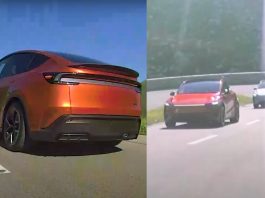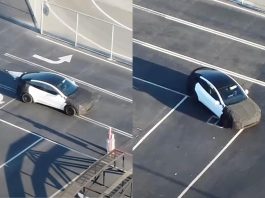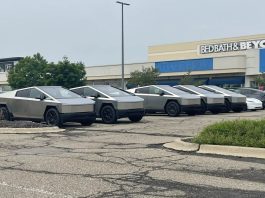Elon Musk confirmed that a new “vector-space bird’s eye view” is coming to Tesla vehicles under the FSD package. This report came after Elon Musk replies to a tweet from a handle named “Tesla Owners Silicon Valley.” The question asked by the said handle was, “Can we get Birdseye view” to which Tesla replied, “Vector-space bird’s eye view coming with FSD.”
Vector-space bird’s eye view coming with FSD
— Elon Musk (@elonmusk) October 3, 2020
It sounds like the new feature is going to be offered under the Full Self-Driving Capability package, which recently saw a price increase to $8,000.
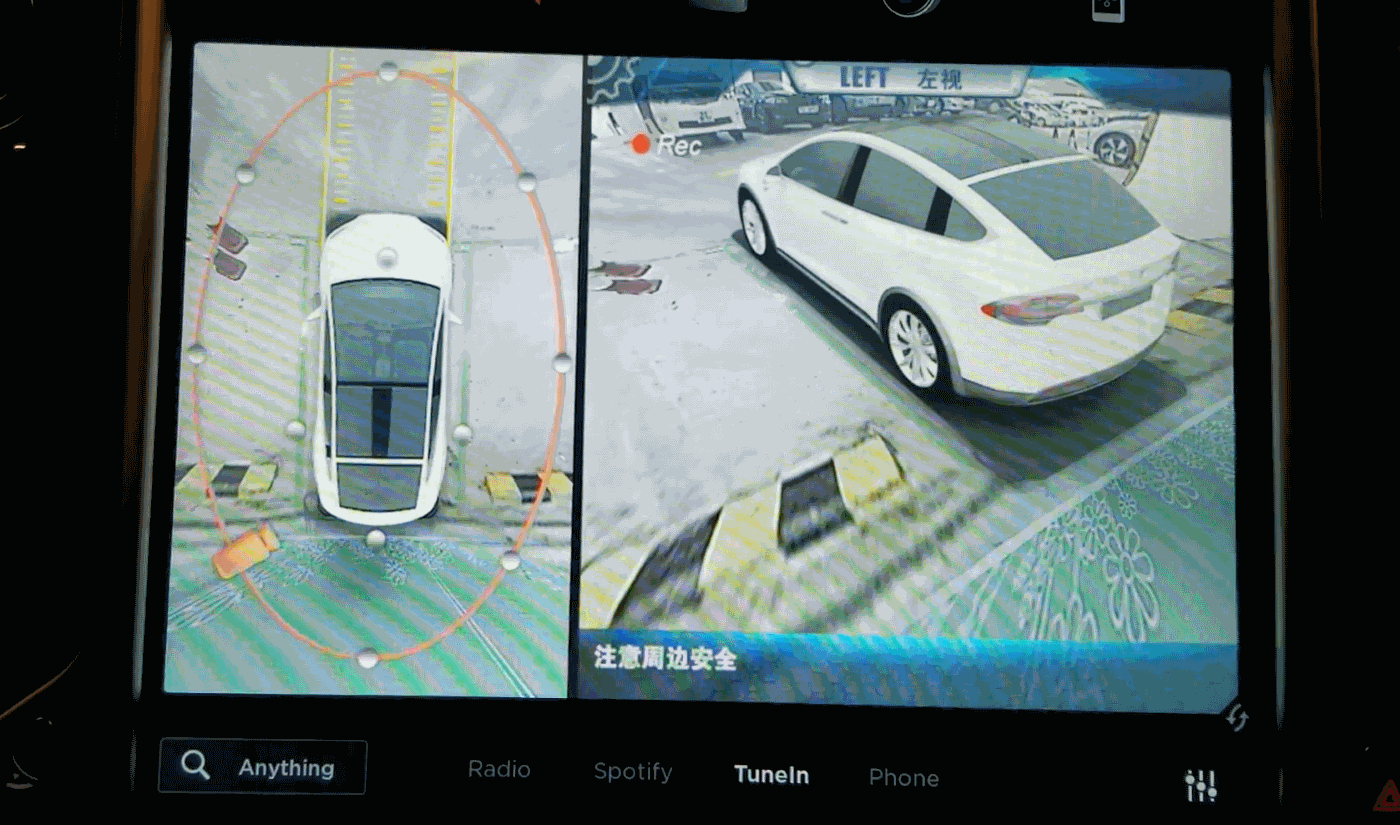
What Is Tesla Bird’s Eye View, Tesla To Offer Bird’s Eye View In FSD Package
The Need For Such Technologies (Tesla Bird’s Eye View)
Reverse and parallel parking has been a dilemma for the majority of drivers. Unsurprisingly, various techs have been developed over the years to assist in paring. The reverse camera placed on the boot handle, cameras placed on rearview mirrors, sensors that send a signal when the car gets closer to an object, etc. are some of the common features available in an economy car. However, the aspect that makes these features tick is having a driver in the car. As we move towards the autonomous driving world the previously mentioned techs become just as useful as a bat without a batsman to use it.
When there is a new problem the solution isn’t too far in an engineering world. Rightly so, engineers found a way to park a car autonomously. Vector – Space bird’s eye view parking assist in the tech available in the market right now. With the use of multiple cameras and sensors, a bird’s eye view output is seen on the interface. This type of assist is particularly useful for autonomous parking but proves to be helpful for the driver who isn’t confident in reverse parking. The obvious question is: How do you enable this feature with cameras that are mounted on the car and are at the car’s height?
What Is “Vector-Space Bird’s Eye View” And How Does It Work
As the phrase suggests, a birds’ eye views an elevated view of an object or a scene. Simply put the observer is imagined from a perspective of a bird flying over the object or the scene. This feature will primarily be used for parking assist but isn’t limited to that.
Generally, an automatic parking system consists of three components: 1) path planning including free parking space detection, 2)automatic steering, and braking system used to implement the planned trajectory, and 3) an HMI (Human Machine Interface) which can provide information (such as visual and audio) of the ongoing parking process. The Bird’s eye view vision used in the proposed system is based on four fisheye cameras with a 180-degree field of view around the vehicle. The system consists of two phases: calibration and image mosaicking.
Camera calibration is accustoming the camera with the surroundings and mapping the 3-dimensional images picked up by the camera to an easier to understand 2-dimensional pixel space. The definition of reading isn’t crystal clear hence a graphic below for reference:
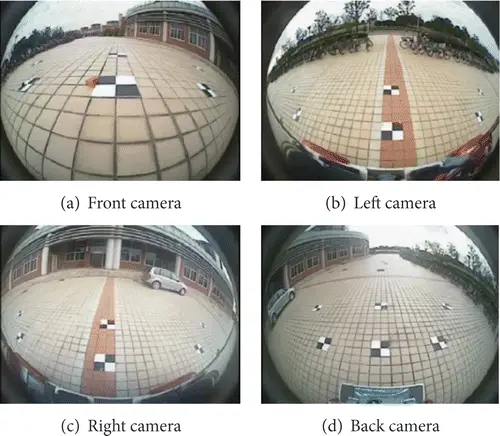
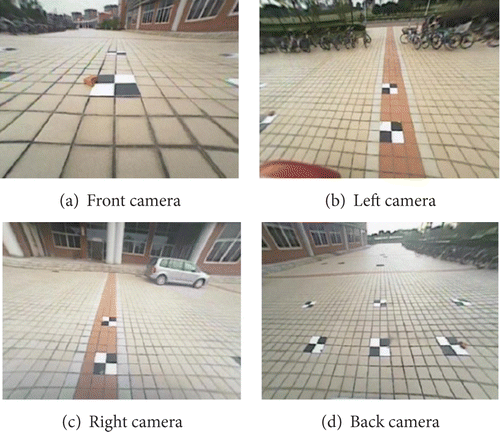
The image on the left is what the camera picks up initially and on the right, we have the simplified image that is used for further processes.
Image Mosaicking: to obtain the omnidirectional information, the four perspective images are combined into the one synthesized image. We firstly apply vehicle coordinate system-camera coordinate system joint calibration to decide inverse perspective transformation parameters. Refer to the graphic below for better understanding
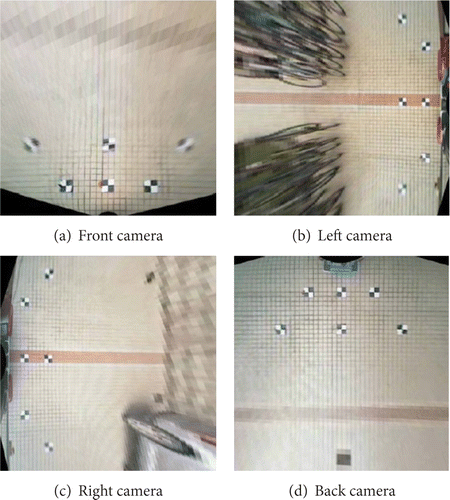
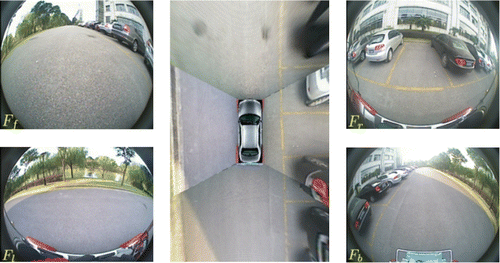
The inputs from the first image through multiple algorithms finally give us a desirable output.
This addresses the term bird’s eye view. Vector space refers to space detection which is performed using a specific algorithm called the Radon transform. The gist of this algorithm is that a linear or a 2-dimensional image’s projection is given as per our requirement. In the image below the green square is the image and the trapezoidal area on the left top is the projection,
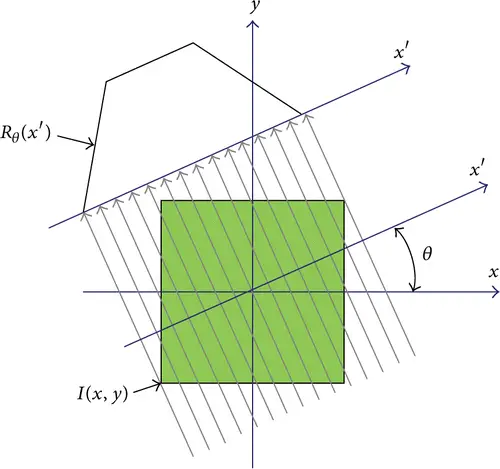
The math behind this is vast and intricate.
That’s all about the basics behind the tech but what interests us is to whom Tesla plans to offer this technology. The direct answer to this question is the FSD (Full Self-Driving Capability)
Full Self-Driving Capability (FSD)
Tesla, since its inception, had a vision for their cars to have complete autopilot mode, at least the level 4 of autonomous driving (no human intervention). That vision, as expected, is being achieved step by step. The first mention of autopilot mode came back in 2013 and as the latest as of December 28, 2019, on Tesla’s order page for the “Full Self-Driving Capability” option was available. However, the feature wasn’t completely ready and the beta phase test was pushed further and further due to the pandemic. However, soon the FSD package cost was released by Tesla but it was informed well early that it was not the final price. On the 1st of July, Tesla increased its FSD package price from the initial 5000$ to 6500$ and then 8000$. In an opportunistic move, Tesla offered the Enhanced Autopilot package at half the price of FSD. The deadline put on this package was 30th September.
The newest addition to already smashing features will be the parking assist “vector-space bird’s eye view”.

